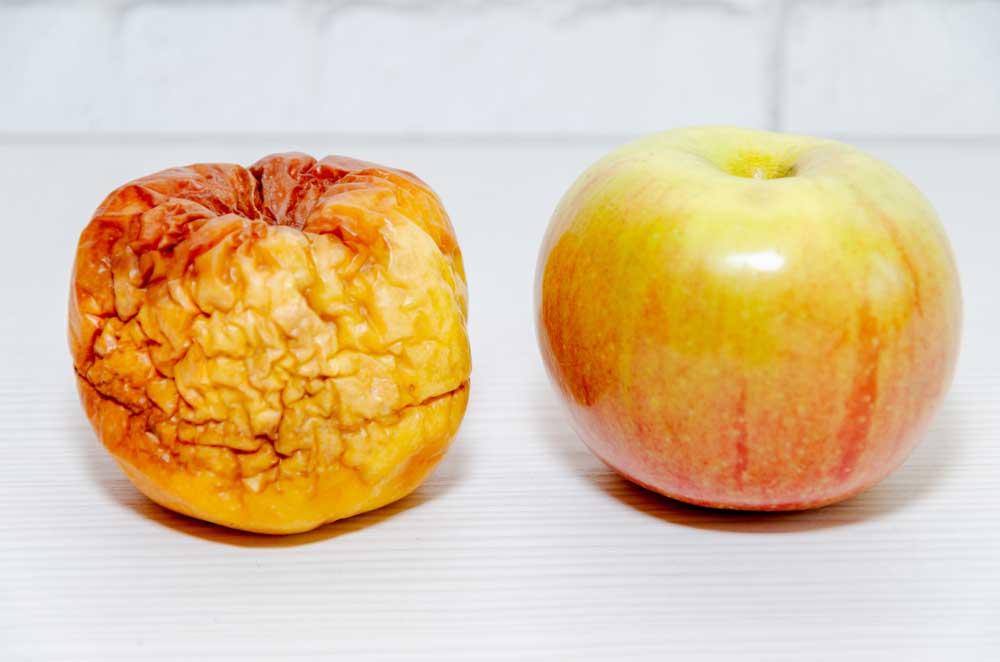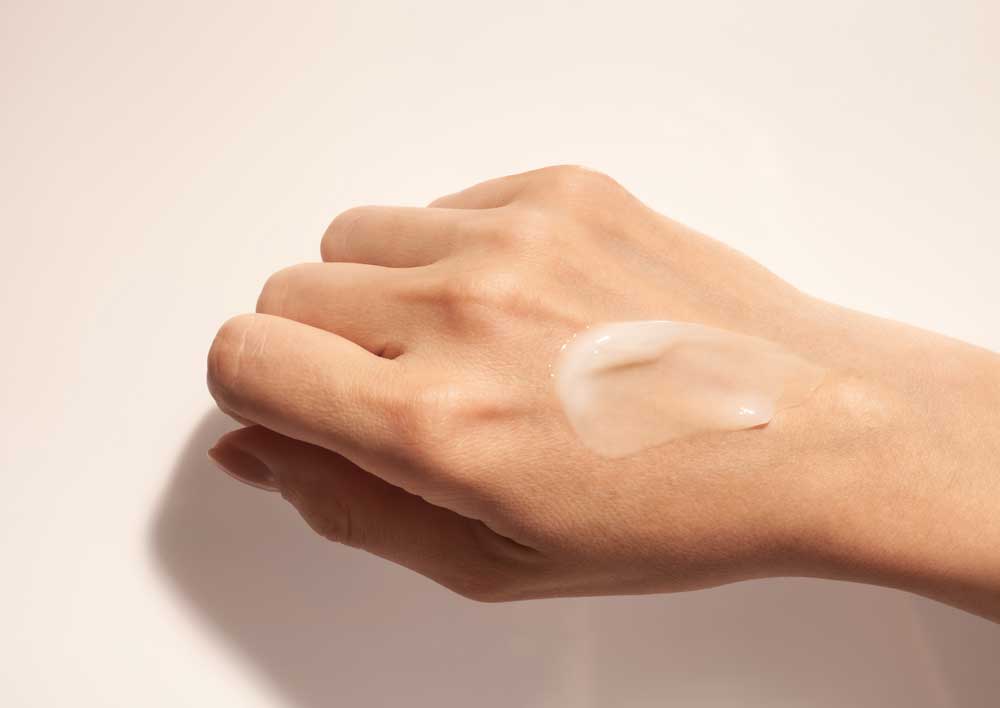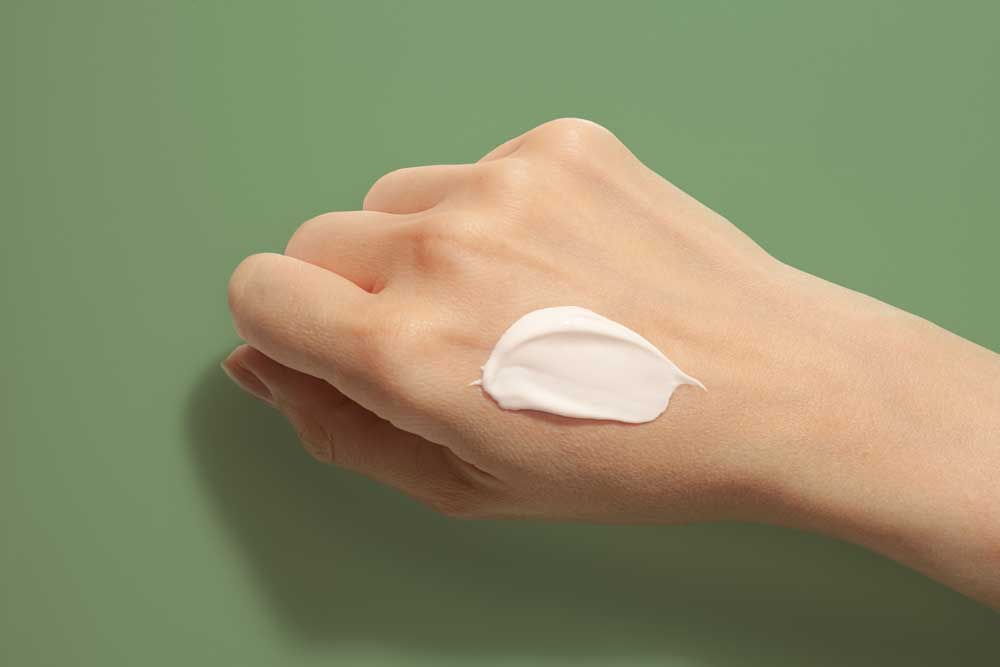
What’s The Difference Between Hydrating And Moisturising?
According to Dr Sethi, hydration is all about increasing the water content in your skin, much like drinking a glass of water when you're feeling parched. ’Hydrating products typically contain humectants, which attract water into the skin, making it look plumper and more refreshed,’ she explains.
Moisturising, on the other hand, focuses on strengthening and supporting the skin’s barrier. ’Moisturisers help to lock in hydration and prevent water loss by creating a protective layer on the skin,’ Dr Sethi adds. This is what keeps your skin soft, supple, and comfortable.
How To Tell What Your Skin Needs
To begin with, Dr Sethi suggests figuring out whether your skin is dry or dehydrated.
- Dehydrated skin lacks water and often looks dull, with more visible fine lines. It may also feel tight and tired.
- Dry skin lacks oil and often feels rough or flaky, sometimes with redness or irritation.
A simple way to check if your skin is dehydrated is the pinch test. ’Gently pinch the skin on your cheek or the back of your hand. If it doesn’t bounce back quickly, your skin may be dehydrated and in need of hydration,’ Dr Sethi advises.

How To Hydrate Your Skin
’If your skin is dehydrated, look for humectants like hyaluronic acid, glycerine, or lactic acid,’ says Dr Sethi. These ingredients pull moisture into the skin and help keep it there.
One of her favourite hydrating products is a good hyaluronic acid serum. ’A lightweight serum with hyaluronic acid works wonders to replenish water content in the skin and give it that fresh, plump look,’ she says. Lactic acid, another great ingredient, not only hydrates but also gently exfoliates, making it ideal for sensitive skin.

How To Moisturise Your Skin
For dry skin, Dr Sethi recommends looking for emollients and occlusives, which help to repair and strengthen the skin’s barrier. ’Ceramides, squalane, shea butter, and petrolatum are great for sealing in moisture and keeping the skin soft,’ she explains.
For extremely dry or cracked skin, a richer balm or ointment may be necessary. ’Thicker formulations create a physical barrier, preventing moisture loss and allowing the skin to heal properly,’ Dr Sethi says.
Final Thoughts
Hydration and moisture often go hand in hand, and most skin types will benefit from both. ’For healthy, glowing skin, try layering a hydrating serum under your moisturiser,’ Dr Sethi suggests. ’This way, you’re attracting water into the skin while also locking it in for lasting comfort.’
So next time your skin feels off, ask yourself—does it need a drink of water, or a comforting hug? With the right products, you can give it both.